Summary
The lake is located in the Bridger-Teton National Forest, surrounded by scenic views and hiking trails for outdoor enthusiasts.
Fishing Tips: Anglers can catch fish using various techniques such as fly fishing, spin casting, and trolling. The best bait to use in Hoop Lake is flies, lures, or worms. It's important to note that the lake has a catch and release policy, and lures with barbless hooks are recommended.
Best Time to Visit: The best time to visit Hoop Lake is during the summer months, from June to September. During this time, the average temperature ranges from 55°F to 75°F, providing comfortable weather for fishing and hiking activities.
Nearby Activities: Aside from fishing, visitors can also enjoy hiking, camping, and wildlife watching in the area. The nearby Bridger-Teton National Forest offers several hiking trails, including the Hoop Lake Trail where hikers can enjoy scenic views of the lake and surrounding mountains.
Overall, Hoop Lake is a great fishing destination for anglers looking to catch a variety of fish species while enjoying the beautiful scenery and outdoor activities in Wyoming.
Weather Forecast
Nearby Streamflow Levels
Angling Safety Guidelines
Check local fishing rules, seasons, size limits, and license requirements to ensure legal and sustainable angling.
Handle Fish Responsibly
Use wet hands, minimize air exposure, and release fish gently to improve survival rates when practicing catch-and-release.
Choose the Right Gear
Match your rod, line, and tackle to the species and conditions to increase success and reduce unnecessary harm to fish.
Respect the Waterway
Avoid disturbing habitat, prevent bank erosion, and keep a safe distance from spawning areas to protect ecosystems.
Keep It Clean
Pack out all line, hooks, bait containers, and trash—discarded gear can injure wildlife and degrade waterways.
Related Links
Area Campgrounds
| Location | Reservations | Toilets |
|---|---|---|
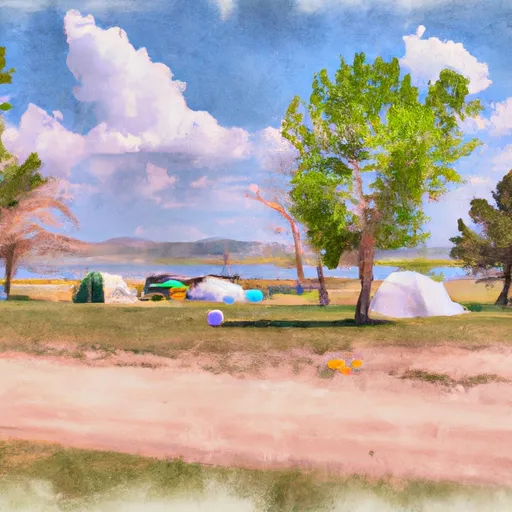 Hoop Lake Campground
Hoop Lake Campground
|
||
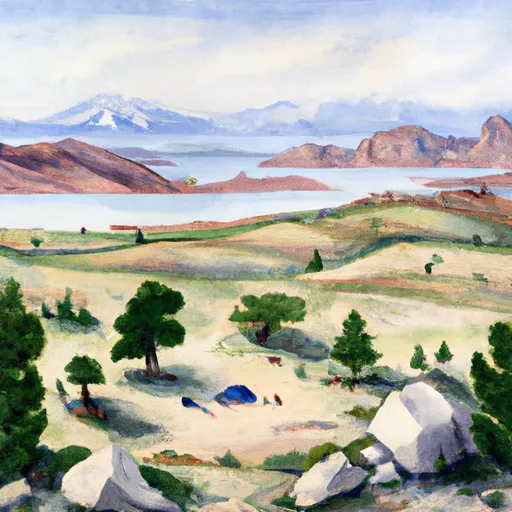 Hoop Lake
Hoop Lake
|
||
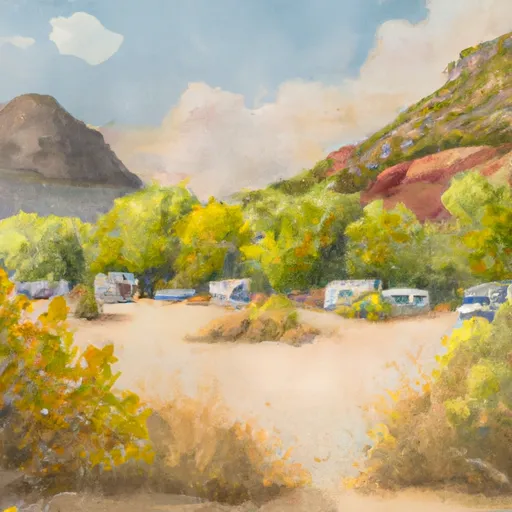 Spirit Lake Campground
Spirit Lake Campground
|

 Burnt Fork
Burnt Fork
 Kabell Lake
Kabell Lake
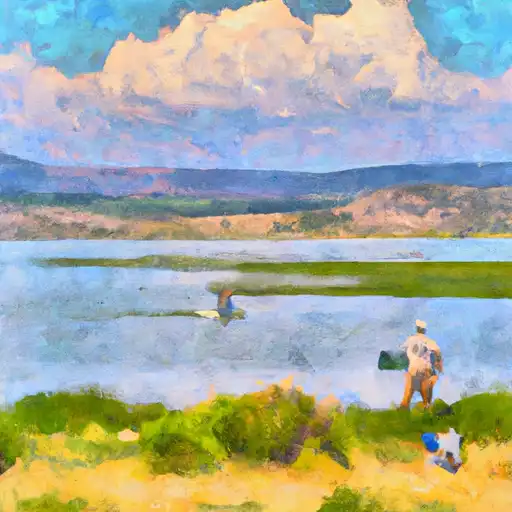 Chepeta Lake
Chepeta Lake
 Henrys Fork River
Henrys Fork River
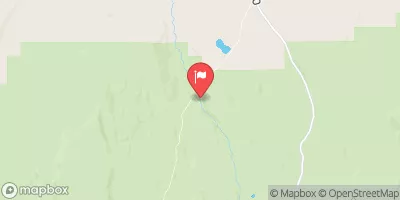
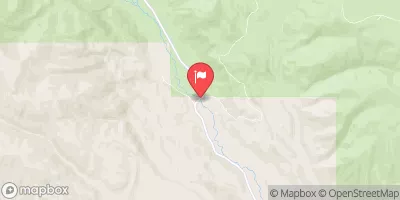
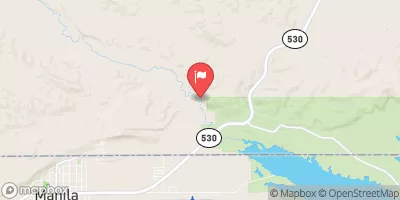
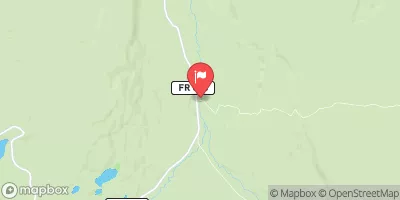
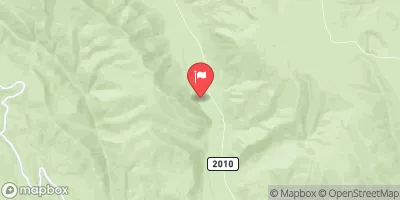
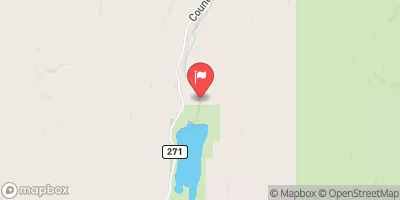
 Hoop Lake
Hoop Lake